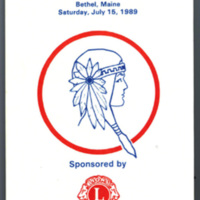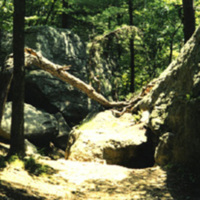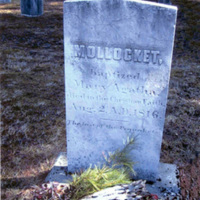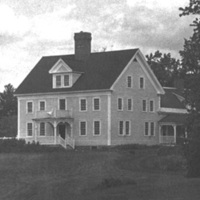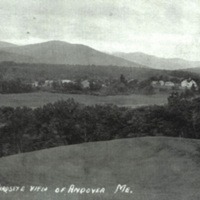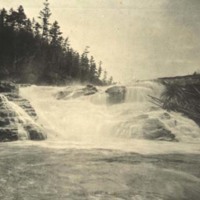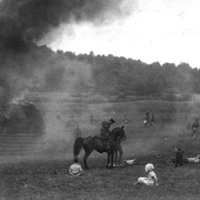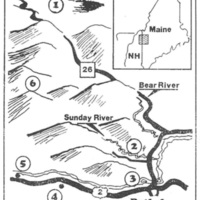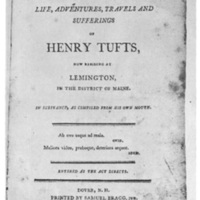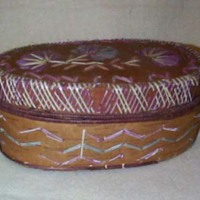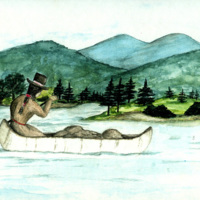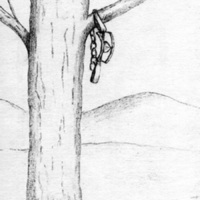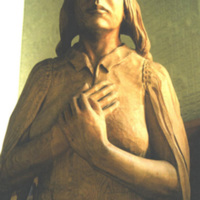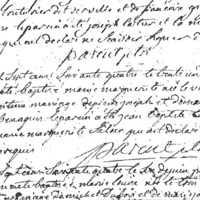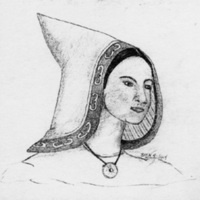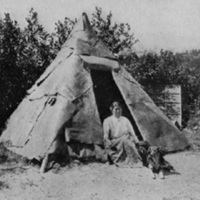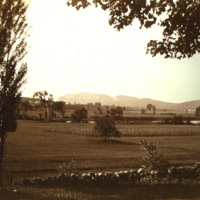Browse Items (36 total)
- Collection: Molly Ockett Exhibit images
1989 Mollyockett Day program
Still Image / Available Online
Collection: Molly Ockett Exhibit images
"Molly Ockett's Cave"
Still Image / Available Online
Collection: Molly Ockett Exhibit images
Molly Ockett gravestone
Still Image / Available Online
Collection: Molly Ockett Exhibit images
Dr. Nathaniel Tuckerman True
Still Image / Available Online
Collection: Molly Ockett Exhibit images
Molly Ockett map
Still Image / Available Online
Collection: Molly Ockett Exhibit images
Dr. Moses Mason House, circa 1905
Still Image / Available Online
Collection: Molly Ockett Exhibit images
Hannibal Hamlin
Still Image / Available Online
Collection: Molly Ockett Exhibit images
Merrill House
Still Image / Available Online
Collection: Molly Ockett Exhibit images
Andover view
Still Image / Available Online
Collection: Molly Ockett Exhibit images
Rumford Upper Falls
Still Image / Available Online
Collection: Molly Ockett Exhibit images
Early view of Boston
Still Image / Available Online
Collection: Molly Ockett Exhibit images
Indian Raid 1931
Still Image / Available Online
Collection: Molly Ockett Exhibit images
Segar narrative
Still Image / Available Online
Collection: Molly Ockett Exhibit images
Indian Raid map
Still Image / Available Online
Collection: Molly Ockett Exhibit images
Henry Tufts book
Still Image / Available Online
Collection: Molly Ockett Exhibit images
Bloodroot
Still Image / Available Online
Collection: Molly Ockett Exhibit images
Molly Ockett birchbark box
Physical Object / Available Online
Collection: Molly Ockett Exhibit images
Molly Ockett in Canoe
Still Image / Available Online
Collection: Molly Ockett Exhibit images
Trap in Tree
Still Image / Available Online
Collection: Molly Ockett Exhibit images
Bag of Corn
Still Image / Available Online
Collection: Molly Ockett Exhibit images
Statue at Odanak
Still Image / Available Online
Collection: Molly Ockett Exhibit images
Molly Ockett's daughter's baptismal record
Still Image / Available Online
Collection: Molly Ockett Exhibit images
Molly Ockett with cap
Still Image / Available Online
Collection: Molly Ockett Exhibit images
Indian teepee
Still Image / Available Online
Collection: Molly Ockett Exhibit images
Hanover intervale
Still Image / Available Online
Collection: Molly Ockett Exhibit images

